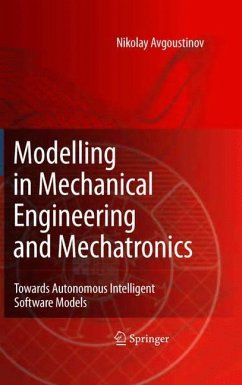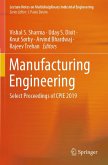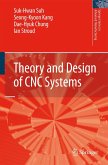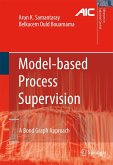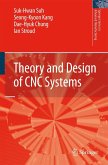Modelling is an activity that is found in every domain of research and science, and takes place even when we are not aware of it. The role of modelling and the quality of models are extremely important not only in engineering but for science in general.
"Modelling in Mechanical Engineering and Mechatronics" presents a model-centred approach focusing on distributed development and use of autonomous intelligent software models, particularly the efficiency of the models, and their interaction and integration into distributed autonomous intelligent systems. In order to systematise the available knowledge, a domain ontology is presented; a subset of which is used to create a modelling theory based on knowledge and experience in the areas of software engineering, mechanical engineering and mechatronics. This holistic view of modelling explains the purpose and the essence of modelling, as well as the benefits that are to be expected. It discusses the relations to other branches of engineering and science and as a result, it demonstrates strategies, methods and tools for unleashing the full power of modelling.
"Modelling in Mechanical Engineering and Mechatronics" considers the viewpoints of many different experts: the modeller, engineer, system architect, software developer, and users of the models and as such will be of interest to all these people. Moreover, it attempts to bridge the gaps between modelling, engineering, computer science, knowledge representation, software engineering, model integration, standardisation and production engineering. The aim is to instruct the reader how to efficiently simulate sophisticated products and processes in mechanical engineering in view of their continuously increasing complexity in a modern knowledge-based society.
"Modelling in Mechanical Engineering and Mechatronics" presents a model-centred approach focusing on distributed development and use of autonomous intelligent software models, particularly the efficiency of the models, and their interaction and integration into distributed autonomous intelligent systems. In order to systematise the available knowledge, a domain ontology is presented; a subset of which is used to create a modelling theory based on knowledge and experience in the areas of software engineering, mechanical engineering and mechatronics. This holistic view of modelling explains the purpose and the essence of modelling, as well as the benefits that are to be expected. It discusses the relations to other branches of engineering and science and as a result, it demonstrates strategies, methods and tools for unleashing the full power of modelling.
"Modelling in Mechanical Engineering and Mechatronics" considers the viewpoints of many different experts: the modeller, engineer, system architect, software developer, and users of the models and as such will be of interest to all these people. Moreover, it attempts to bridge the gaps between modelling, engineering, computer science, knowledge representation, software engineering, model integration, standardisation and production engineering. The aim is to instruct the reader how to efficiently simulate sophisticated products and processes in mechanical engineering in view of their continuously increasing complexity in a modern knowledge-based society.

